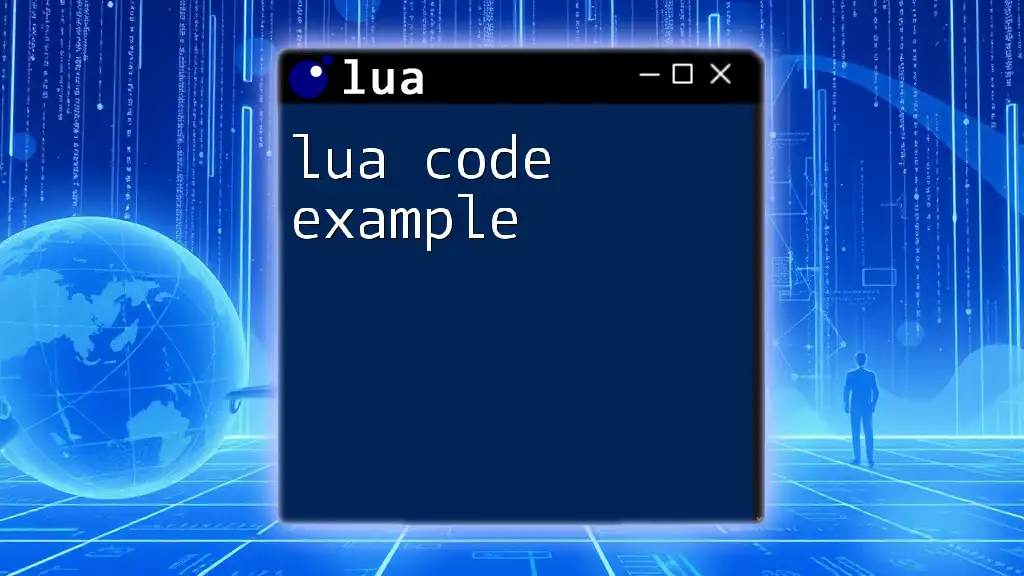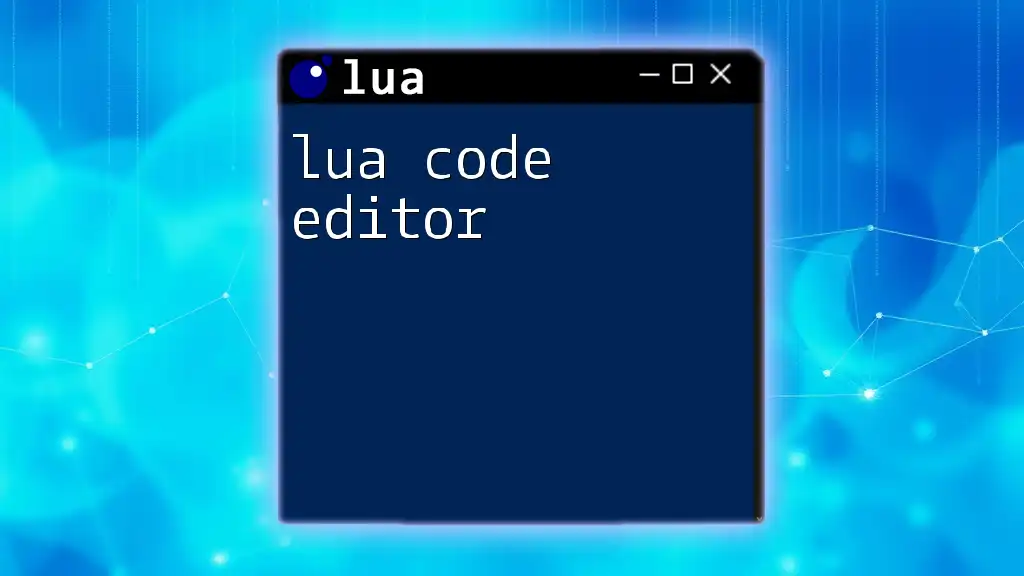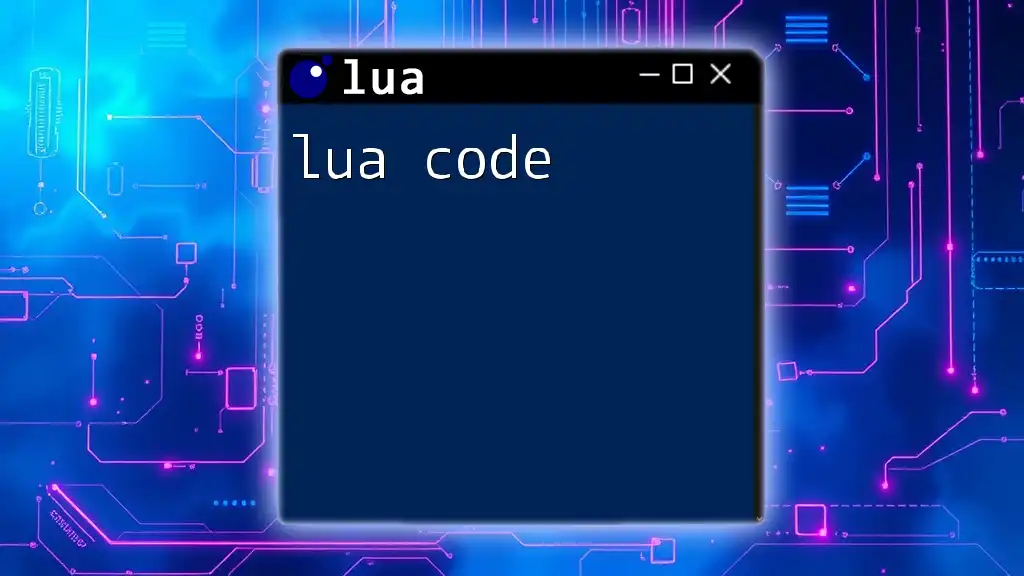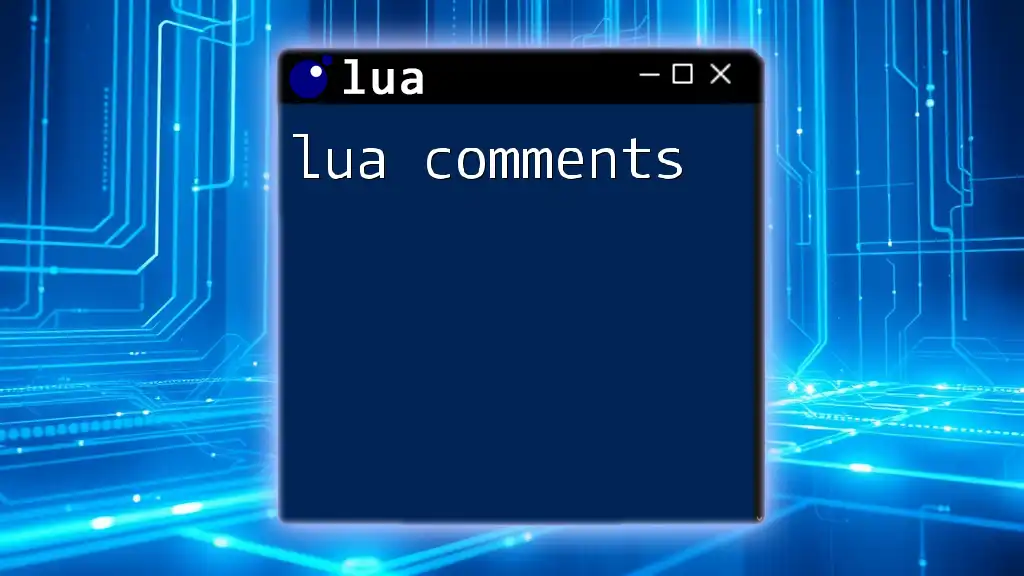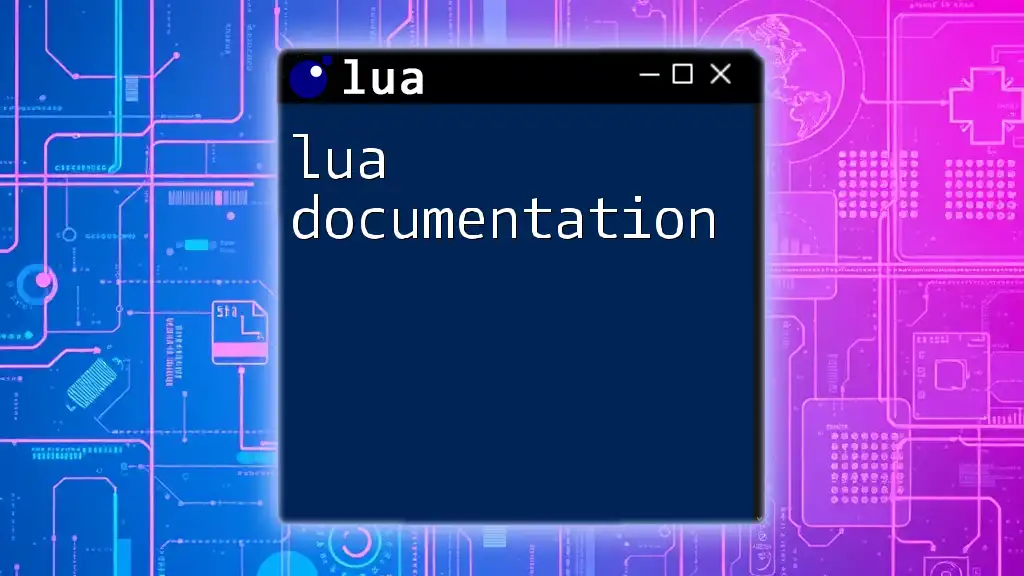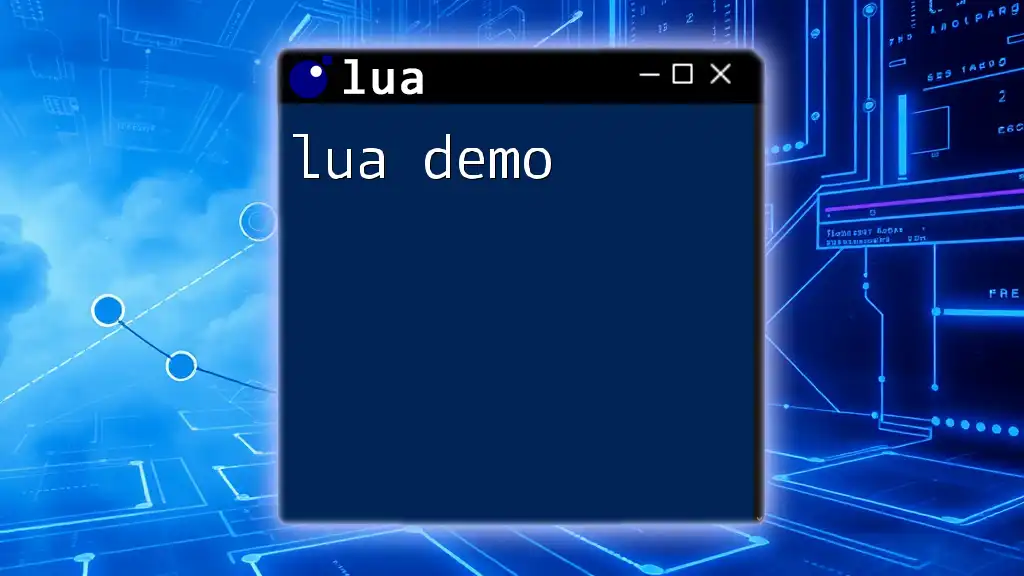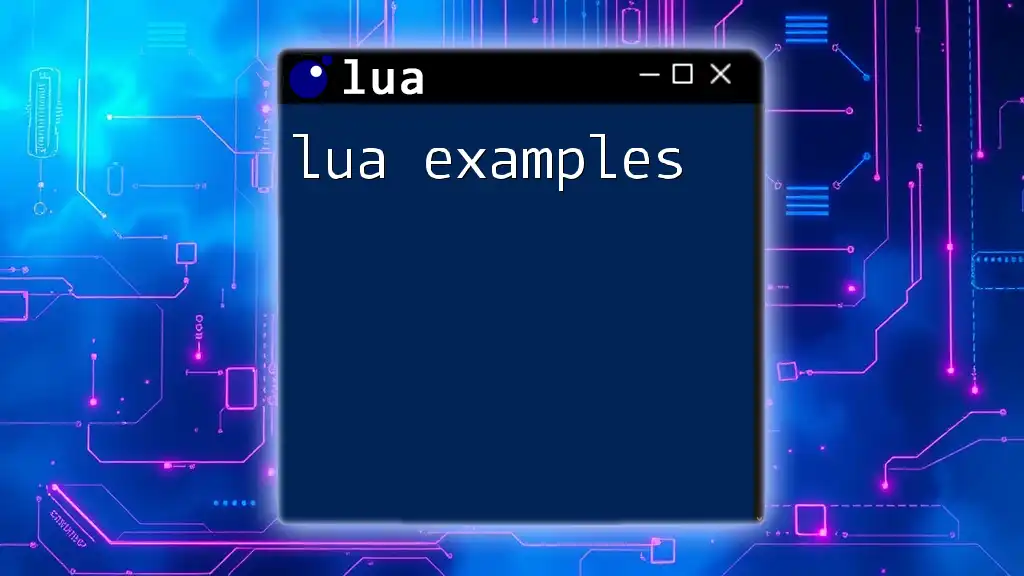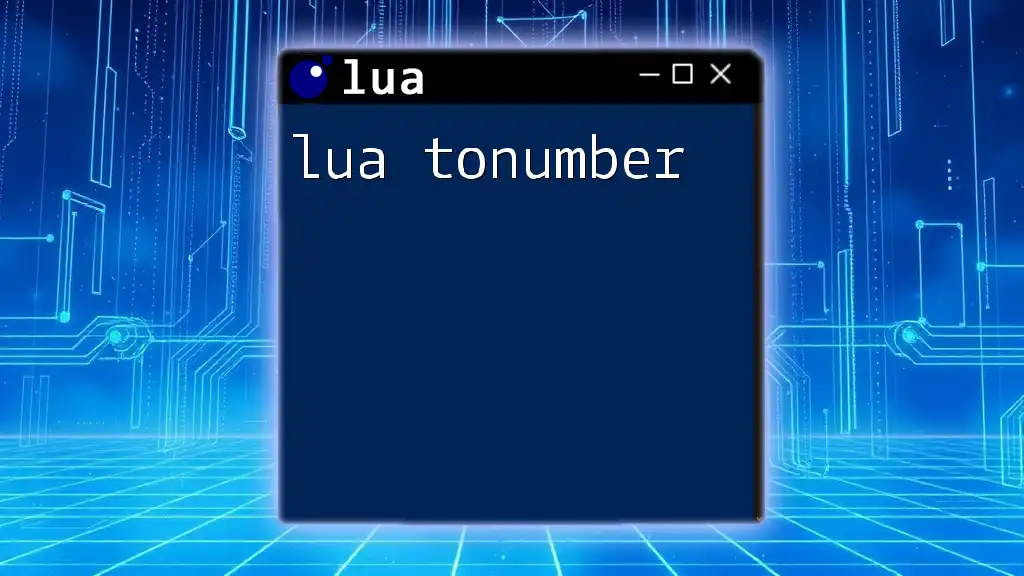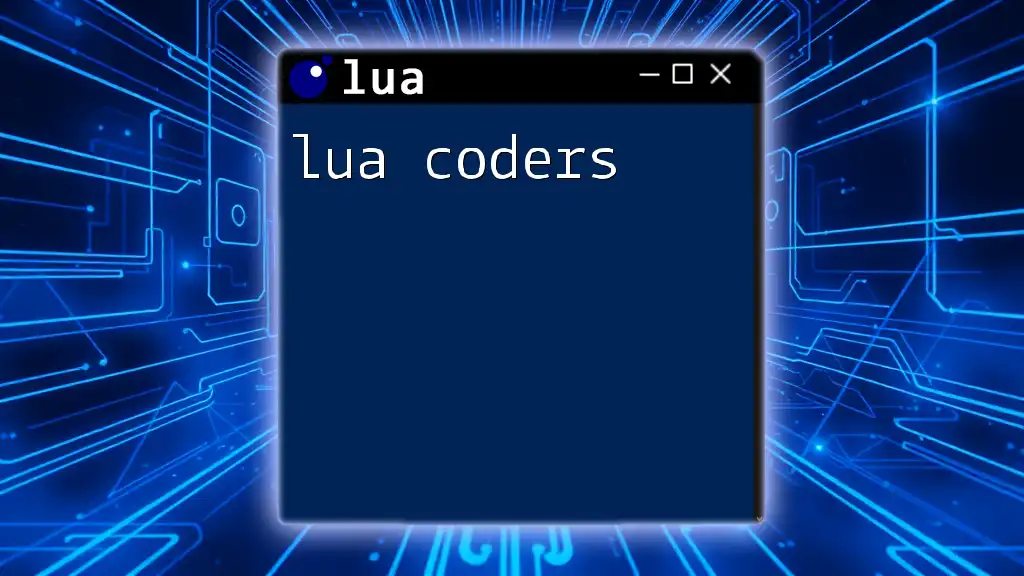In Lua, the `nova em` function is used to create a new instance of a table (or object) with specified properties, often forming the basis for prototype-based programming.
Here’s a code snippet demonstrating its usage:
local nova = function(properties)
local instance = {}
for key, value in pairs(properties) do
instance[key] = value
end
return instance
end
local myObject = nova({name = "Lua User", age = 30})
print(myObject.name) -- Output: Lua User
print(myObject.age) -- Output: 30
Understanding `lua nova em`
What is `nova em` in Lua?
`nova em` is a powerful feature in Lua designed to facilitate advanced command execution and dynamic programming. At its core, it allows developers to modify, create, or manipulate pre-existing libraries with enhanced flexibility. Understanding what `nova em` can do is vital for anyone looking to leverage the full capabilities of Lua.
Importance of `nova em`
Learning `nova em` is essential for Lua developers due to its versatility. It's widely used in scenarios that require runtime modifications, such as creating custom behavior in games or processing data dynamically. Understanding this command empowers developers to optimize their code efficiently and innovate in application development.

Getting Started with `lua nova em`
Setting up Lua Environment
To begin working with `lua nova em`, you need a functional Lua environment. Follow these steps to get started:
- Download the Lua interpreter from the official Lua website.
- Install it according to your operating system—detailed instructions are provided on the site.
- Choose a suitable IDE or text editor such as ZeroBrane Studio, Visual Studio Code, or Atom that supports Lua syntax highlighting.
Basic Syntax and Structure of `nova em`
The syntax for using `nova em` is quite intuitive but requires careful attention to detail. A basic structure usually looks like this:
nova_em = function(parameter)
-- function body
end
In this structure, `nova_em` is the function name, and `parameter` represents any input needed for the function’s operation. Understanding the essence of this command syntax lays the groundwork for more complex implementations.
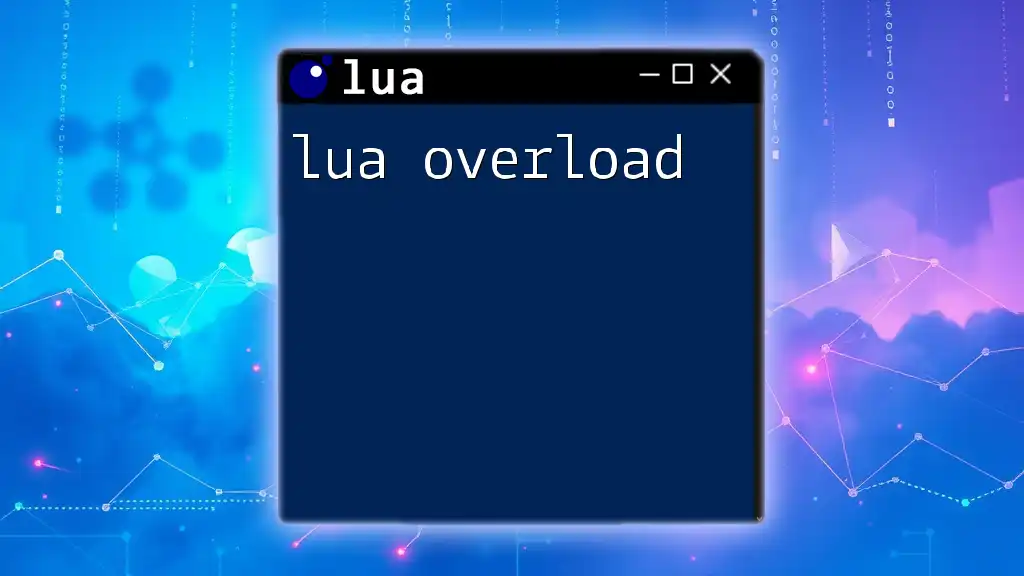
Practical Applications of `lua nova em`
Common Use Cases
One of the primary use cases of `lua nova em` is within gaming development, where it can be used to modify game behaviors or states dynamically. Typical scenarios include:
- Creating animations or movement patterns for characters.
- Adjusting game logic based on user interactions.
- Enabling configuration changes during runtime.
Step-by-Step Code Example
Let’s illustrate a basic implementation of `nova em`. Below is a simple example that demonstrates how to create a function that modifies an attribute:
nova_em = function(character, attribute, value)
if character[attribute] then
character[attribute] = value
end
end
Explanation of the code snippet:
- The `nova_em` function takes three parameters: `character`, `attribute`, and `value`.
- It checks if the character has the specified attribute.
- If the attribute exists, it updates its value accordingly. This dynamic capability allows characters in your program to be modified on-the-fly, which is instrumental in enhancing interactivity.
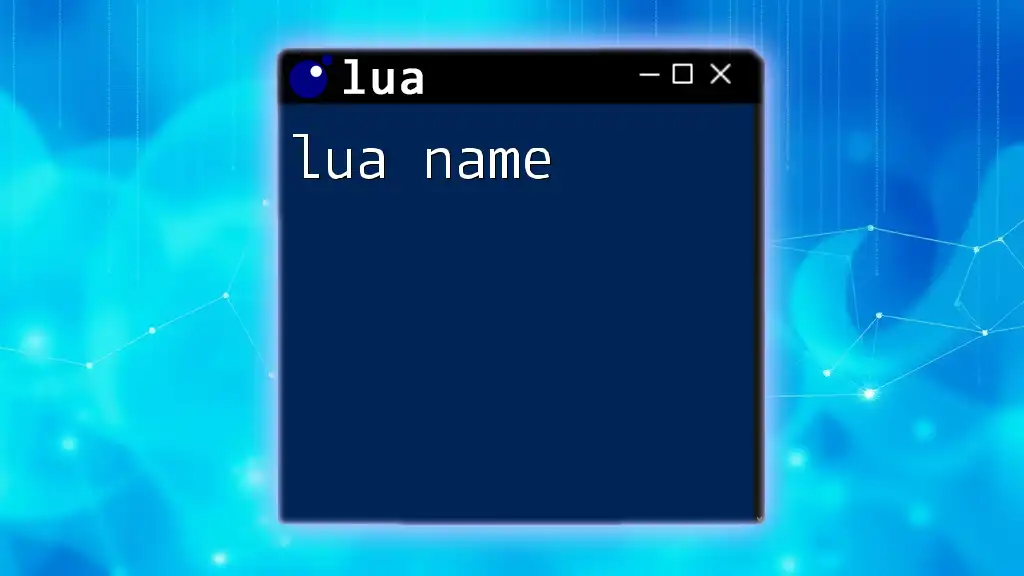
Advanced Techniques in `lua nova em`
Troubleshooting Common Issues
When using `lua nova em`, developers may encounter several common issues, such as:
- Syntax Errors: Ensure all commands are properly closed and formatted.
- Incorrect Parameter Types: Ensure that parameters passed to the function match the expected data types to avoid runtime errors.
One effective method for troubleshooting is to use print statements liberally during development to track data and debug problematic areas.
Optimizing `nova em` Usage
To optimize the use of `nova em`, consider the following best practices:
- Keep Functions Concise: Aim for brevity without sacrificing clarity. Split complex logic into smaller, reusable functions where necessary.
- Avoid Global Variables: Use local variables to enhance performance and avoid overwriting data.
- Document Your Code: Include comments explaining the purpose and usage of `nova em` functions for better maintainability.

Additional Resources
Further Reading and Learning Materials
To deepen your understanding of `lua nova em`, explore the following resources:
- Books: Look for titles specifically on Lua programming, e.g., "Programming in Lua" by Roberto Ierusalimschy.
- Online Courses: Platforms like Coursera or Udemy often offer courses focused on Lua for beginners and advanced users alike.
- Documentation and Communities: Utilize the official Lua documentation and join forums or communities like Lua-Users for ongoing discussions and support.
Frequently Asked Questions (FAQs)
- What is the best way to learn `lua nova em`?
- Start with basic Lua tutorials, and gradually move to specialized resources focusing on advanced functions like `nova em`.
- Can `nova em` be used in any Lua version?
- Ensure you are using a compatible version of Lua, as syntax and abilities can differ between versions.

Conclusion
Recap of Key Points
In this guide, you’ve learned about the essence of `lua nova em`, its applications, and practical coding examples. Understanding how to integrate `nova em` into your Lua programming will significantly enhance your ability to create dynamic applications.
Encouragement to Experiment
Now that you are equipped with knowledge about `lua nova em`, take the initiative to experiment! Try incorporating it into your own projects and see firsthand the flexibility and power it brings to your Lua programming experience. Happy coding!







